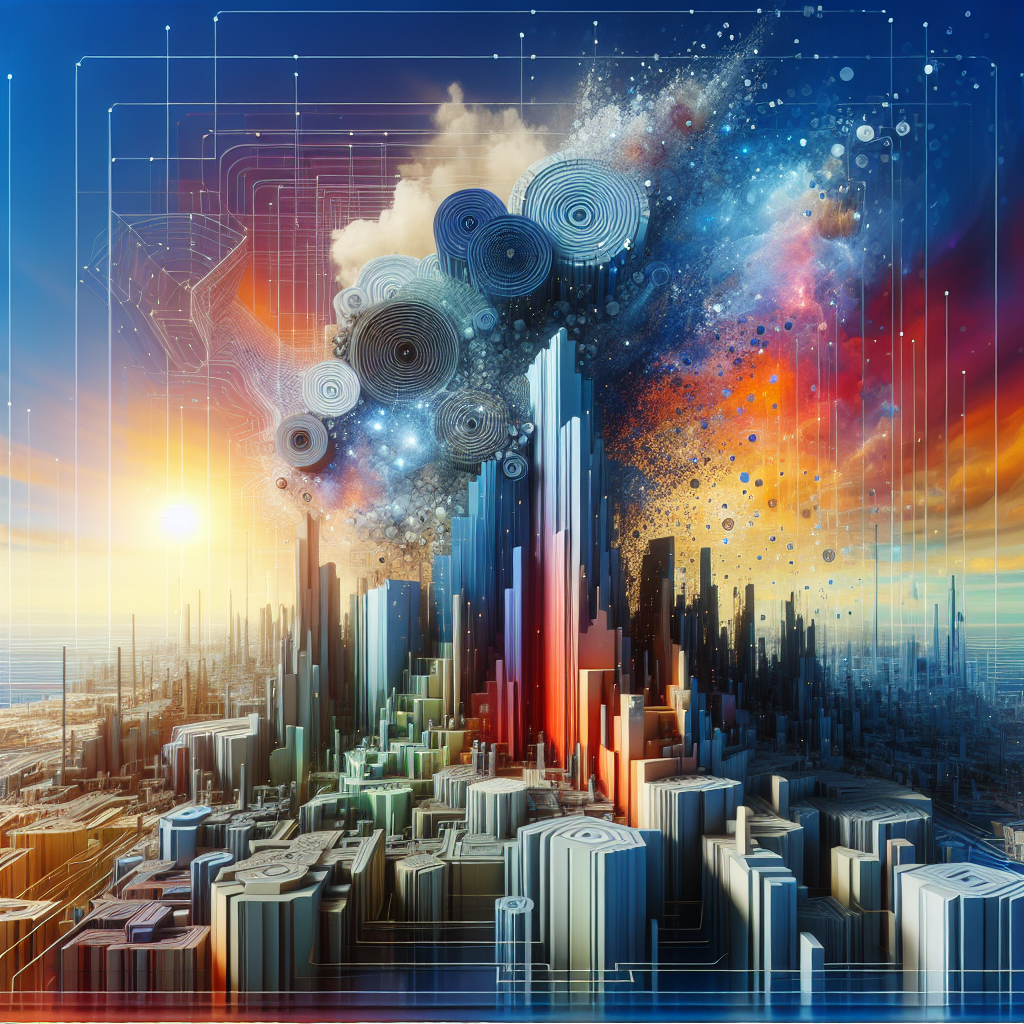AI in Architecture: Redefining the Concept of Beauty
Artificial Intelligence (AI) has revolutionized various industries, including architecture. With the help of AI, architects are now able to push the boundaries of creativity and innovation, redefining the concept of beauty in architecture. From designing buildings that are not only aesthetically pleasing but also environmentally sustainable, to creating structures that are optimized for functionality and efficiency, AI is transforming the way architects conceptualize, design, and construct buildings.
AI in architecture is not just about using advanced technologies to create visually stunning buildings. It is about harnessing the power of AI to enhance the entire architectural process, from initial design to construction and beyond. By incorporating AI into their workflow, architects are able to explore new design possibilities, optimize building performance, and streamline project management.
One of the key ways in which AI is changing the landscape of architecture is through generative design. Generative design is a process that uses algorithms and artificial intelligence to explore a vast number of design possibilities and quickly generate optimized solutions. By inputting specific parameters such as building site, budget, and performance requirements, AI algorithms can generate thousands of design options in a fraction of the time it would take a human designer.
Generative design allows architects to explore innovative design solutions that may not have been possible through traditional design methods. By leveraging the computational power of AI, architects can create buildings that are not only visually striking but also highly functional and efficient. For example, AI algorithms can optimize building orientation to maximize natural light and ventilation, or design structural systems that minimize material usage while maximizing strength.
In addition to generative design, AI is also being used to optimize building performance through the use of simulation and analysis tools. By simulating various environmental conditions such as wind, sunlight, and thermal performance, architects can fine-tune their designs to maximize energy efficiency and occupant comfort. AI algorithms can analyze vast amounts of data to identify potential performance issues and suggest design improvements, leading to buildings that are not only beautiful but also sustainable and cost-effective.
Furthermore, AI is revolutionizing the construction process itself, making it faster, safer, and more efficient. By using AI-powered robots and drones, architects can automate tasks such as site surveying, material handling, and construction monitoring. This not only speeds up the construction process but also reduces the risk of human error and improves overall safety on the construction site.
In addition to the design and construction phase, AI is also transforming the way buildings are operated and maintained. By using sensors and IoT devices, architects can collect real-time data on building performance and occupant behavior. This data can be analyzed by AI algorithms to optimize building operation, improve energy efficiency, and enhance occupant comfort. AI-powered predictive maintenance tools can also help identify potential issues before they become major problems, reducing downtime and maintenance costs.
FAQs
Q: How is AI impacting the role of architects in the design process?
A: AI is changing the role of architects by enabling them to explore new design possibilities, optimize building performance, and streamline project management. By leveraging AI tools such as generative design and simulation, architects can create buildings that are not only visually stunning but also highly functional and sustainable.
Q: Will AI replace human architects in the future?
A: While AI is transforming the architectural industry, it is unlikely to replace human architects entirely. AI tools are meant to augment the skills and creativity of architects, not replace them. Human insight, intuition, and creativity are still essential in the design process, and AI can help architects enhance their designs and make more informed decisions.
Q: What are some examples of AI in architecture?
A: Some examples of AI in architecture include generative design tools that can quickly generate thousands of design options, simulation and analysis tools that optimize building performance, and construction automation tools that streamline the construction process. AI is also being used in building operation and maintenance to improve energy efficiency and occupant comfort.
Q: How can architects incorporate AI into their workflow?
A: Architects can incorporate AI into their workflow by using AI-powered design tools, simulation software, and construction automation technologies. By integrating AI into their process, architects can explore new design possibilities, optimize building performance, and improve overall project efficiency.
In conclusion, AI is redefining the concept of beauty in architecture by enabling architects to push the boundaries of creativity and innovation. By leveraging AI tools such as generative design, simulation, and construction automation, architects can create buildings that are not only visually stunning but also highly functional, sustainable, and efficient. As AI continues to evolve, it will undoubtedly play a crucial role in shaping the future of architecture, transforming the way buildings are designed, constructed, and operated.

